All Courses
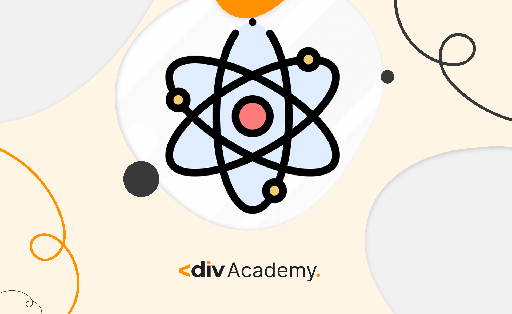
This introductory course provides a foundational understanding of Artificial Intelligence (AI) and Data Science. Students will learn key concepts, techniques, and tools for data analysis, machine learning, and AI applications. Through practical exercises and real-world examples, students will gain the skills needed to start a career in these rapidly evolving fields.
- Build Machine learning models with scikit-learn, build & train supervised models for prediction & binary classification tasks (linear, logistic regression)
- Build & train a neural network with TensorFlow to perform multi-class classification.
- Build an unsupervised learning model for clustering & anomaly detection.
- Build recommender systems with a collaborative filtering approach & a content-based deep learning method.
- Understand how to clean and organize data for analysis, and complete analysis and calculations using python & R.
- Learn key analytical skills (data cleaning, analysis, & visualization)
- Learn how to visualize and present data findings in dashboards.
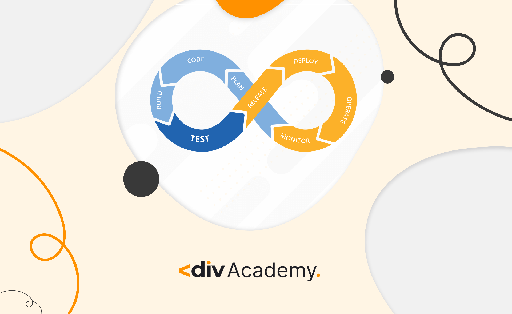
Advance your career in the high-demand field of DevOps. Build on your software development skills with the latest DevOps concepts, tools, and technologies, and prepare for a career as a DevOps or Software Engineer. Gain the in-demand skills and hands-on experience to get job-ready in less than 4 months.
Prerequisites:
Learners should have a foundational understanding of Python programming and relational databases (e.g. SQL) before starting this course.
What You’ll Learn:
-
Master the practical skills and knowledge used by Software Engineers and DevOps professionals in real-world environments
-
Create applications using Python, build and integrate REST APIs and microservices
-
Deploy and manage applications using containers such as Docker, Kubernetes, and OpenShift
-
Gain hands-on experience through interactive labs and real projects
-
Work with Agile and Scrum methodologies to manage and deliver software efficiently
-
Build a portfolio of DevOps projects to demonstrate your skills to employers
No prior DevOps experience is required—just basic Python and database knowledge, and a drive to learn!
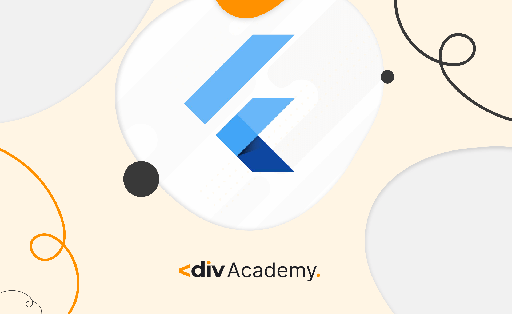
Flutter allows developers to build a single codebase and use it for several platforms such as the web, desktop, and mobile. This results in quicker app launch and is cost-effective. Reduced Development Time

In this comprehensive course, you'll not only learn how to leverage the power of ReactJS but also master the essential web technologies of HTML and CSS. Whether you're a complete beginner or an experienced developer looking to expand your skill set, this course will guide you through the fundamentals and advanced concepts of web development.
- Learn how to create structured and styled web pages using HTML and CSS.
- Understand the principles of responsive web design and cross-browser compatibility
- Explore various methods for styling web applications, including CSS modules, styled components, and CSS-in-JS.
- Apply responsive design techniques and create visually appealing user interfaces.
- Master the art of fetching data from external APIs and displaying it in your web applications.
- Implement best practices for data handling and error management.
- Debug and troubleshoot your applications effectively.
- Learn about code organization, project structure, and industry best practices.
- Optimize performance through code splitting, lazy loading, and other advanced techniques.
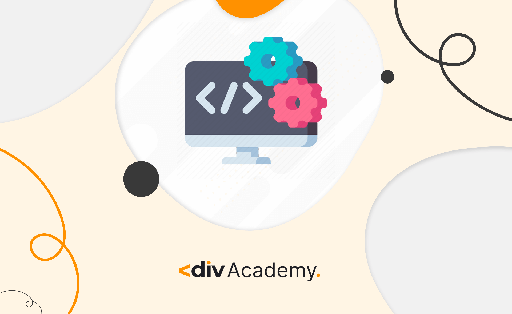
In this comprehensive course, you'll not only learn how to leverage the power of Laravel but also master the essential web technologies of HTML and CSS. Whether you're a complete beginner or an experienced developer looking to expand your skill set, this course will guide you through the fundamentals and advanced concepts of web development.
- Learn how to create structured and styled web pages using HTML and CSS.
- Understand the principles of responsive web design and cross-browser compatibility
- Explore various methods for styling web applications, including CSS modules, styled-components, and CSS-in-JS.
- Apply responsive design techniques and create visually appealing user interfaces.
- Master the art of fetching data from external APIs and displaying it in your web applications.
- Implement best practices for data handling and error management.
- Debug and troubleshoot your applications effectively.
- Learn about code organization, project structure, and industry best practices.
- Optimize performance through code splitting, lazy loading, and other advanced techniques.
- Gain a solid understanding of PHP syntax, data types, variables, and operators
- Learn how PHP fits into the web development ecosystem, including HTML, CSS, and JavaScript
- Learn how to connect PHP to databases like MySQL and perform CRUD (Create, Read, Update, Delete) operations
- Get exposure to popular PHP frameworks like Laravel.
- Learn best practices for debugging PHP code and handling errors gracefully.

This beginner-friendly course is your gateway into the world of web development. You'll learn how to build visually appealing and responsive websites from the ground up using the core front-end technologies: HTML, CSS, Bootstrap, and JavaScript.
What You’ll Learn:
-
Create structured web pages using semantic HTML
-
Style and format content with CSS for layout, color, and typography
-
Build responsive, mobile-friendly websites using Bootstrap’s grid system and components
-
Understand the basics of JavaScript, including variables, functions, loops, and events
-
Add interactivity to websites with JavaScript (e.g., form validation, DOM manipulation)
-
Apply real-world skills to create fully functional and visually impressive websites
No prior programming experience is required—just a willingness to learn and build!

The MERN Full Stack Development course is a comprehensive and hands-on program designed to equip learners with the skills needed to build modern, dynamic, and scalable web applications using the MERN stack. MERN stands for MongoDB , Express.js , React.js , and Node.js , which are four cutting-edge technologies that work seamlessly together to create robust full-stack applications. This course is ideal for beginners who want to start their journey in web development or experienced developers looking to enhance their skill set.
Prerequisites:
- HTML
- CSS
- Bootstrap
- Basic JavaScript
What You’ll Learn:
-
Revision on HTML, CSS and Java Script
-
Advanced Java Script
-
React JS
- Node JS
-
Express JS
- Mongodb

Python can be used for just about anything, from web and software development to machine learning and artificial intelligence (AI), its easy to use and has a very powerful supporting communityThis introductory course will teach you Python, one of the most approachable and powerful programming languages. Learn the fundamentals of Python, including control flow and data structures, as well as practical coding skills for real-world applications.
- How to write short Python scripts to perform automated actions
- How to use the basic Python structures: strings, lists, and dictionaries
- Apply Python programming logic using Branching, Loops, Functions, Objects, and classes.
- How to deal with and manage files with Python
- How to deal with databases using MySQL
- How to build a fully functional website using Django

This introductory course focuses on Django, a powerful and high-level web framework built on Python that enables rapid development of secure and maintainable websites. You'll learn how to build fully functional web applications using Django, covering both backend logic and frontend integration.
What You’ll Learn:
-
Build and structure dynamic web applications using Django’s built-in tools
-
Understand Django’s MTV (Model-Template-View) architecture and how to use it effectively
-
Work with Django models to create and manage database records
-
Handle user input with forms, process requests, and manage user authentication
-
Use Django's admin interface to manage data
-
Apply template logic and static files to design clean, interactive interfaces
-
Connect your Django project to a database such as MySQL or SQLite
-
Deploy your Django application to a live server
Prerequisite:
Basic understanding of Python programming is required (variables, functions, loops, and OOP concepts).
By the end of this course, you’ll be equipped to build and deploy dynamic web applications using Django and have a solid foundation for advancing into full-stack or backend web development.
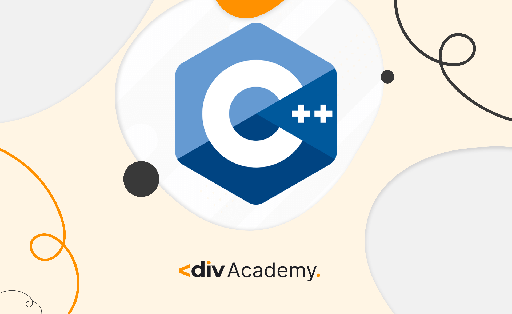
Beginner to Programmer — Learn to Code in C++. Gain a deep understanding of computer programming by learning to code, debug, and solve complex problems while implementing efficient data structures in C++.
- Write and debug code in C++ programming languages
- Understand algorithms, and how to properly express them
- Automate everyday, repetitive tasks using C++ programs
- Develop a firm foundation of Computer Science concepts you can bring to any language you learn
- Design and implement an object-oriented program in the C++ language, including defining classes that encapsulate data structures and algorithms
- Select and implement appropriate data structures that best utilize resources to solve a computational problem.

This course is a comprehensive guide to mastering Odoo ERP, covering key functional modules and their implementation strategies. Participants will explore the core functionalities of Odoo, including CRM, Purchase, Inventory, Sales, POS, Accounting, and HR, through hands-on training and real-world scenarios. The course aims to equip learners with the skills required to configure, customize, and optimize Odoo for any business environment.
- Odoo Overview – Understand the core features and navigation of Odoo ERP.
- Calendar, Tasks, and Document Management – Manage calendars, tasks, contacts, and documents in Odoo.
- CRM (Customer Relationship Management) – Track leads, manage pipelines, configure sales teams, and generate CRM reports.
- Purchase Management – Handle vendor management, RFQs, purchase orders, and vendor pricelists.
- Inventory Management – Manage warehouses, stock movements, replenishment, barcode scanning, and serial numbers.
- Sales Management – Create quotations, manage sales orders, handle discounts, and deliver goods to customers.
- Point of Sale (POS) – Configure POS sessions, manage orders, payment methods, and generate reports.
- Accounting – Set up chart of accounts, manage journals, taxes, reconciliations, and financial reporting.
- Human Resources (HR) – Manage employees, recruitment, payroll, attendance, and time-off policies.
- Advanced Reporting – Generate detailed reports from CRM, Purchase, Inventory, Sales, POS, Accounting, and HR modules.

By the end of this course, you’ll have a strong foundation in both Python programming (OOP) and Odoo development, making you capable of building complex, custom modules and integrating Odoo with various external systems. Whether you’re looking to optimize workflows, implement custom reporting, or create dynamic web services, this course prepares you for real-world Odoo development challenges.
Prerequisites:
Learners should have a working knowledge of Python, including object-oriented programming (OOP) concepts such as classes, inheritance, and method overriding.
What You’ll Learn:
-
Gain a solid understanding of Python and OOP principles, focusing on how they are applied within the Odoo ecosystem
-
Understand the Odoo framework, including its MVC architecture and ORM system
-
Build custom Odoo modules with models, views, and business logic
-
Implement workflows, automation, and custom security rules in Odoo apps
-
Work with relational fields (Many2one, One2many, Many2many) and ensure performance optimization
-
Get hands-on with Odoo web services (XML-RPC, JSON-RPC), reporting tools, and JavaScript integration
This course is ideal for developers who want to specialize in building and customizing ERP solutions using Odoo.

In this comprehensive ReactJS course, you'll dive deep into one of the most powerful JavaScript libraries for building modern, dynamic web applications. Whether you're transitioning from basic web development or aiming to level up your front-end skills, this course will guide you step-by-step through everything from core concepts to advanced techniques in ReactJS.
Prerequisites:
To get the most out of this course, learners should have a basic understanding of:
-
HTML: creating structured web content
-
CSS: styling and layout fundamentals
-
JavaScript (Mid-Level): functions, arrays, objects, ES6+ features (arrow functions, destructuring, spread/rest), asynchronous programming (Promises, async/await), DOM manipulation, Data Structure and Operators
What You’ll Learn:
-
Build interactive, reusable components using modern React practices
-
Understand JSX syntax and how it blends HTML with JavaScript logic
-
Manage state and side effects using hooks like useState, useEffect, and the Context API
-
Handle user input and forms with validation and dynamic feedback
-
Fetch and manage data from external APIs using async/await
-
Use React Router to create seamless single-page applications with multiple views
-
Optimize your applications with code splitting, lazy loading, and memoization
-
Apply industry best practices in project structure, component organization, and debugging
-
Gain confidence working with developer tools and modern build tools like Vite or Create React App
By the end of this course, you’ll be fully equipped to build high-performing, scalable web applications using ReactJS—ready to take on freelance projects, professional roles, or your own creative ideas.